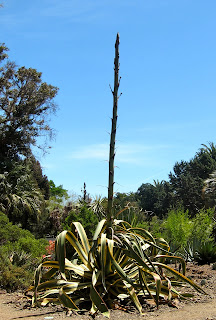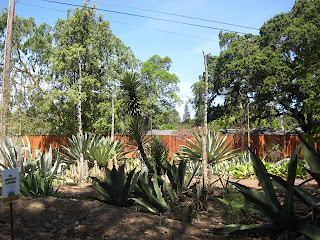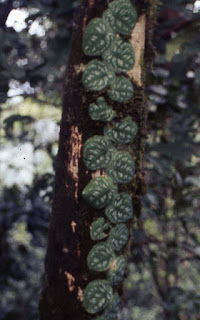 |
| choke cherries, Rose family, Rosaceae |
People writing about plants are forever sticking the plant family into the discussion.
 |
Ipomoea, Convolvulaceae,
morning glory family |
The photo to the right is a morning glory, Ipomoea (morning glory family, Convolvulaceae)
 |
yarrow, Achillea
millefolium,
Asteraceae,
sunflower family |
To the left, yarrow, Achillea millefolium, (sunflower family, Asteraceae)
That intended to be helpful. There are at least 300,000 species of land plants. Nobody knows all 300,000. They are organized into classes made of orders, made of families, made of genera and species. Most of the land plants, about 280,000 species, are flowering plants, angiosperms, and are in the same class. There are approximately 60 orders, 400 families and 12,000 genera of angiosperms. Orders are so big that they contain very diverse plants. For example the order Asparagales includes orchids, onions and century plants. Writers include the plant family in hopes that you’ll know one plant in the family mentioned and it’ll give you a decent guess what the plant described is like.
Here, for example, are capsule descriptions of a few major plant families, not intended to describe their characteristics as much as to prod your memory of them. Plants differ and botanists group them based on those characteristics, so plants in the same family share important characteristics while those in different families seem, and are, different.
 |
| rose, Rosa sp., rose family, Rosaceae |
For example, members of the Rose Family have a ring of five petals around a center and produce a usually fleshy fruit with a few hard seeds inside. Lots of them are shrubs or small trees. Members of the rose family, in addition to roses, are apples, plums, apricots and pears.












